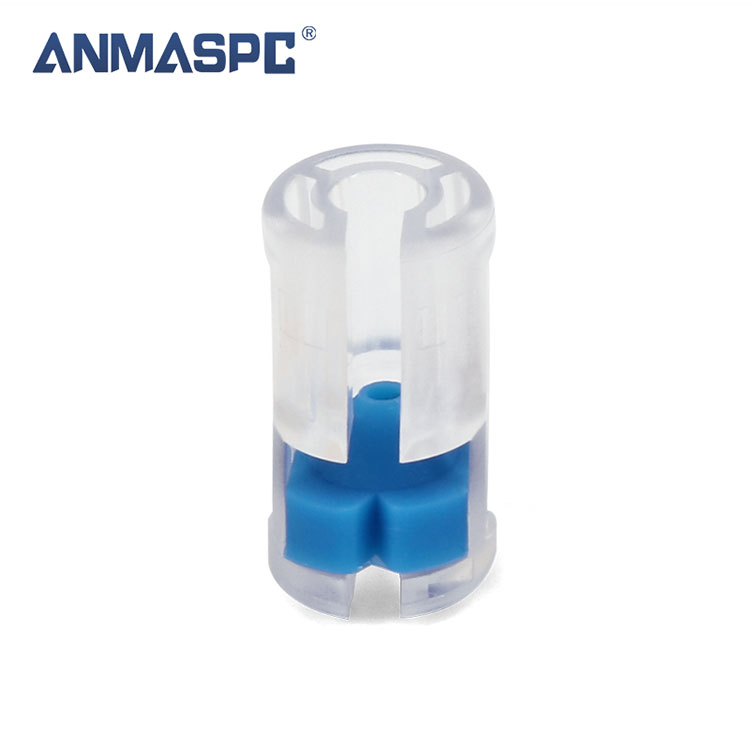Functions of Gas Water Block Couplings
2024-04-26
A gas water block coupling is a specialized fitting used in underground utility installations, particularly in gas and water distribution networks. This coupling serves a crucial role in ensuring the integrity and safety of these networks by preventing the ingress of water into gas pipes.
Here's a breakdown of its key features and functions:
1. Purpose: Gas water block couplings are designed to provide a secure connection between sections of gas pipes while also acting as a barrier to prevent water infiltration into the gas distribution system.
2. Design: These couplings typically feature a robust construction, often made from materials such as stainless steel or corrosion-resistant alloys, capable of withstanding the harsh underground environment and varying weather conditions.
3. Water Blocking Mechanism: The coupling incorporates a specialized water-blocking mechanism or seal that prevents the passage of water from the surrounding soil into the gas pipeline. This is crucial for maintaining the safety and efficiency of the gas distribution system, as water ingress can lead to corrosion, blockages, and other issues.
4. Gas Tightness: In addition to blocking water, gas water block couplings are engineered to maintain the gas tightness of the pipeline, ensuring that there are no leaks or escape of gas into the surrounding environment.
5. Installation: These couplings are designed for easy installation in underground applications, often featuring simple connection mechanisms that can be quickly and securely assembled in the field by trained technicians.
6. Compliance: Gas water block couplings typically comply with industry standards and regulations related to gas distribution and pipeline safety, ensuring that they meet the necessary requirements for use in these critical infrastructure systems.
Overall, gas water block couplings play a vital role in protecting gas distribution networks from water infiltration, safeguarding the integrity of the system and ensuring the safety of both the infrastructure and the surrounding environment.



